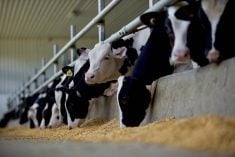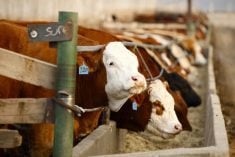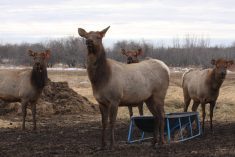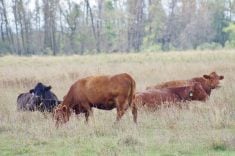CHICAGO, Aug 18 (Reuters) – Chicago Mercantile Exchange live cattle futures pared losses on Friday after falling to its lowest level in 9 months, led by this week’s steep cash price drop and seasonally downward-trending wholesale beef values, said traders.
Bargain buying and traders covering their short positions lifted contracts from session lows, and futures remained bullishly undervalued, or discount, to this week’s slaughter-ready, or cash, prices.
“The discount is providing some support. But weaker beef prices and the prospect for larger slaughter numbers ahead are going to keep sellers active,” said independent CME livestock futures trader Dan Norcini.
Read Also
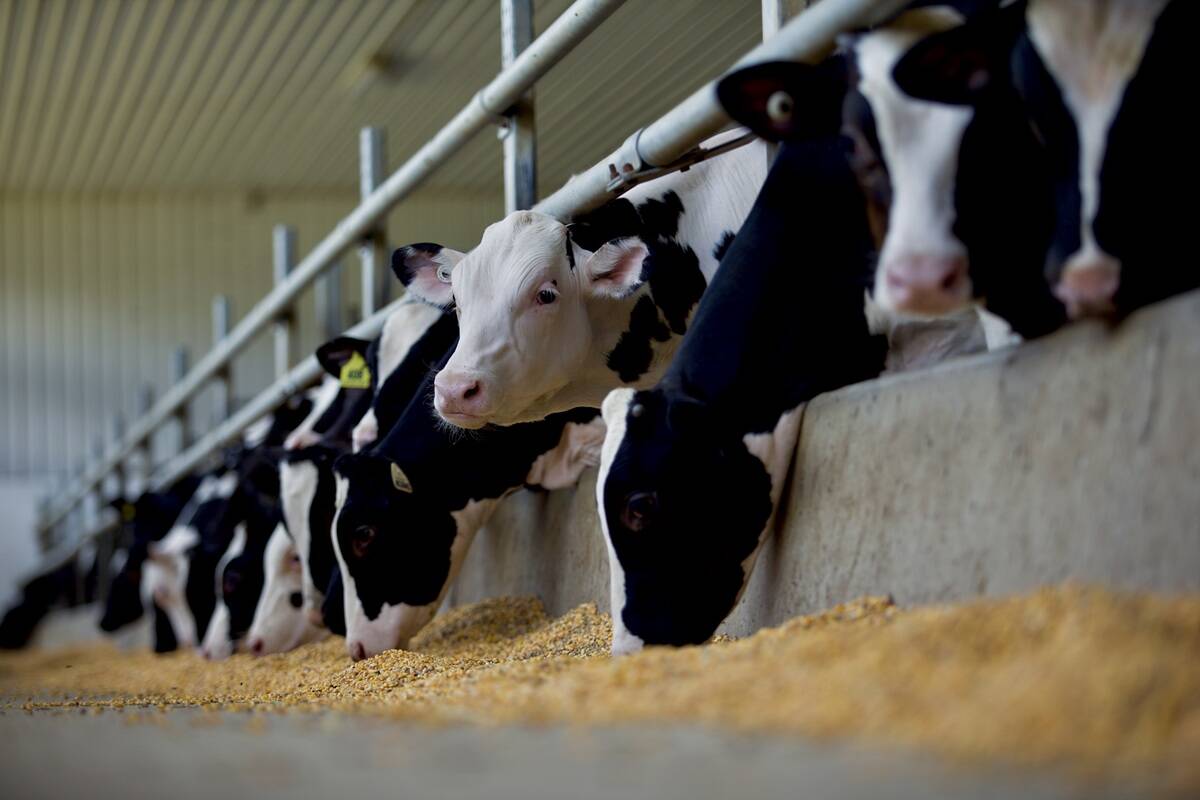
Confusion cleared on Canadian calf import changes
A Canadian Food Inspection Agency (CFIA) announcement on import regulations for feeder calves caused some confusion on the administrative side of Canada’s cattle industry earlier this month
August ended 0.750 cent per pound lower at 106.375 cents, and October closed down 0.325 cent to 105.900 cents.
This week packers in the U.S. Plains paid $109 to $110 per cwt for cash cattle that a week ago brought $114 to $116.
Processors resisted paying more for supplies, with grocers continuing to wait for cheaper beef prices at wholesale as more supplies of heavier cattle come to market.
Investors are following ongoing U.S. North American Free Trade Agreement re-negotiations with Mexico and Canada – both are major U.S. livestock and meat trading partners.
Nonetheless, the prospect that futures are technically over sold, and retailers needing beef for Labor Day holiday advertisements, continue to pique the interest of potential buyers.
CME August feeder cattle benefited from short-covering, but the September contracts was pressured by softer live cattle futures.
August feeders closed up 0.025 cent per pound to 140.500 cents. September finished 0.700 cent lower at 140.025 cents.
CME lean hogs fell for a third consecutive session, pressured by sell stops and slumping cash prices amid a seasonal supply growth, said traders.
Investors sold October futures and simultaneously bought deferred months in a trading strategy known as bear spreading.
October ended 0.800 cents per pound lower at 66.125 cents, and December finished down 0.475 cent to 61.325 cents.
Farmers are rushing hogs to market before they had planned to avoid potentially lower prices in advance of increased supplies ahead based on recent U.S. Department of Agriculture forecasts.
Unseasonably cooler temperatures in parts of the Midwest allowed hogs to grow quicker, making them more readily available to processors.
Friday morning’s average wholesale pork price gained more than $1 per cwt, after sharply higher prices for pork bellies offset the steep drop in rib costs.


